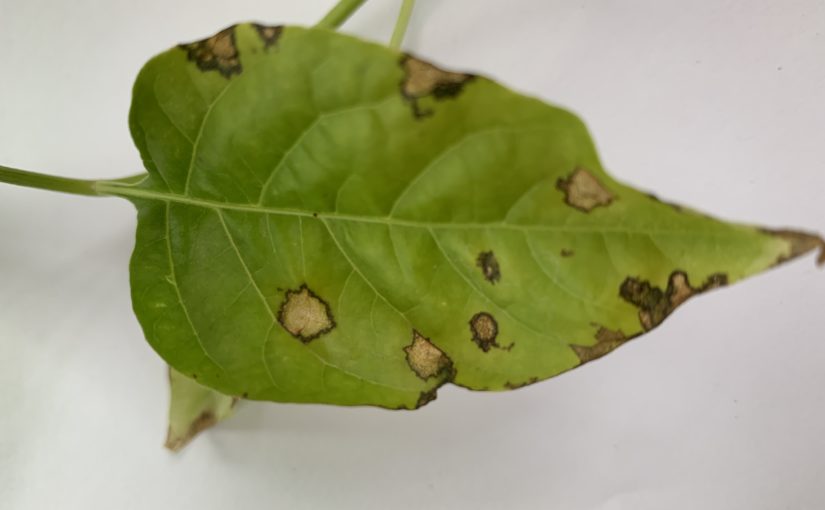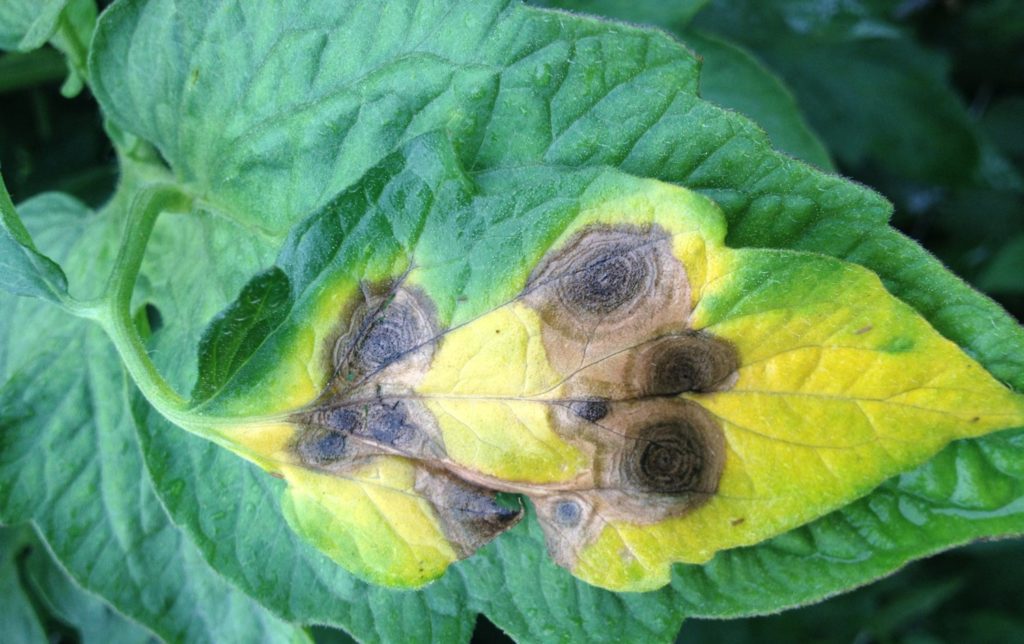Apr 23, 2021Louisiana’s warm, rainy weather brings vegetable plant diseases
Current weather conditions may present Louisiana vegetable growers with great challenges to combat plant diseases.


Raj Singh, director of the LSU AgCenter Plant Diagnostic Center, said vegetables are susceptible to a wide variety of plant pathogens, including, fungi, water molds, bacteria and viruses.
“Some plant pathogens affect roots, and others cause disease on aboveground plant parts,” Singh said. “Most plant pathogens that affect aboveground plant parts require high humidity and temperatures to be successful in causing diseases, and these optimal conditions aid in their faster development and rapid spread.”
Bacterial plant pathogens require free water on foliage to enter plant tissue and cause infection, said Singh, who is known across Louisiana as “the plant doctor.” One such bacterial disease, known as bacterial leaf spot of peppers, is caused by Xanthomonasspecies.
The pathogen may produce symptoms on all aboveground plant parts. Initial symptoms appear as small, brown, water-soaked lesions. As the disease develops, lesions become necrotic in the center. During prolonged rainy weather, the pathogen spreads through splashing rainwater to nearby healthy plants.
“Bacterial lesions coalesce and result in excessive premature defoliation. Defoliation of leaves exposes pepper fruits to direct sunlight and may lead to sunscald,” Singh said.
Another disease that rapidly develops during prolonged rainy and warm weather is early blight of tomatoes.
It is a fungal disease and may affect all aboveground plant parts. The disease is more damaging on foliage and starts on older foliage first and then progresses up the plant.
“Symptoms appear as small, dark-colored, circular lesions surrounded by yellow tissue,” Singh said. “As the lesions expand, concentric rings or ridges become evident within them.”
If favorable weather conditions prevail during fruit production, the disease causes excessive defoliation, exposing the fruit to potential damage from the sun and causing sunscald.
Successful disease management in home gardens and commercial vegetable production systems requires an integrated approach and begins with rapid and accurate identification of the cause of the problem.
“Prevention is the key to successfully managing plant disease,” he said. “When available, resistant or tolerant varieties should be planted.”
Start with clean, disease-free seeds and seedlings. Fungicide-treated seeds may help avoid pathogen infection.
Vegetable growers must choose a well-drained planting site or plant on raised beds that allow for adequate drainage. Plant in sunny locations with good air circulation to reduce the length of time the foliage remains wet.
Avoid the use of overhead irrigation and water in the early morning hours to reduce the extended period of wetness. Water on a regular basis, but do not overwater. If a disease occurs, avoid planting the same or other susceptible plants in the same location in the following year.
Good sanitation practices, including cleaning tools, may reduce the disease spread. Avoid working with wet plants, especially plants infected with foliar bacterial pathogens. Remove severely affected plants and properly discard them. Remove crop debris from the fields once harvest is completed.
Many fungicides and some bactericides are available to aid in the management of these plant diseases, but they should always be used in conjunction with cultural practices intended to modify the environment to make it less conducive to disease development.
Fixed copper or other fungicide and bactericide sprays applied prior to the onset of rainy periods will provide some protection. Follow the product label while handling and applying chemical pesticides.
For complete detailed information on use of fungicides, refer to the LSU AgCenter Plant Disease Management Guide at www.lsuagcenter.com.
– Johnny Morgan, Louisiana State University
Photo at top: A tomato leaf exhibits early blight circular lesions with concentric rings.















